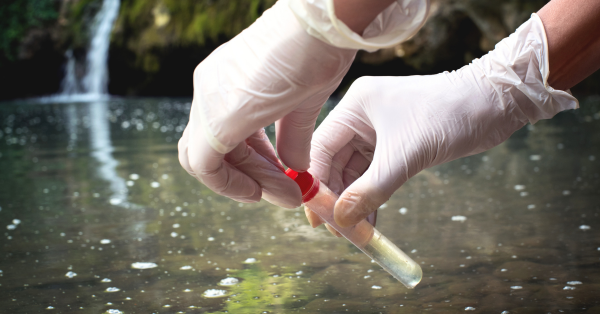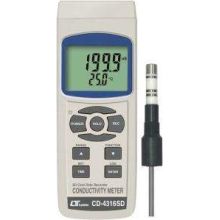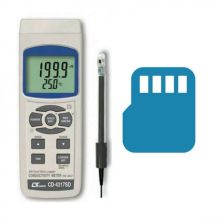Conductivity Meters: Testing for Water Contamination.
Looking for quick and simple methods of testing water for contaminants? A conductivity meter might be the easiest solution to add to your testing toolkit.
Water is typically a poor conductor of electricity, however, if added ions are present, the conductivity of water increases greatly. For water samplers, a higher conductivity of water can indicate impurities and contamination can be found within the water.
With the benefit of simplicity and portability, a conductivity meter should be the first line of sampling for impurities within water as it can be easily deployed in the field, determining contamination of a water source quickly and allowing field technicians to take samples of water back to a lab for further testing.
Process
The process is simple, samplers can submerge the conductivity meter probe into the body of water, where the meter will emit an electrical charge, creating a current between the electrons within the probe. Determining concentration depends on the level of conductance, with high conductance and faster current being a result of higher concentration of ions present, whereas low conductance and slower current being a result of lower ion concentration.
The process may change ever so slightly depending on the different types of conductivity meters, amperometric and potentiometric conductivity meters.
Potentiometric Conductivity Meters.
Potentiometric conductivity meters can usually be described as a probe with four metal rings, typically platinum, are different depths on the probe, with two rings being on the outside and another two in the centre of the probe. These rings working together measure for a current potential drop, generated by the outside rings, and will produce an electrical current reading on the conductivity meter.
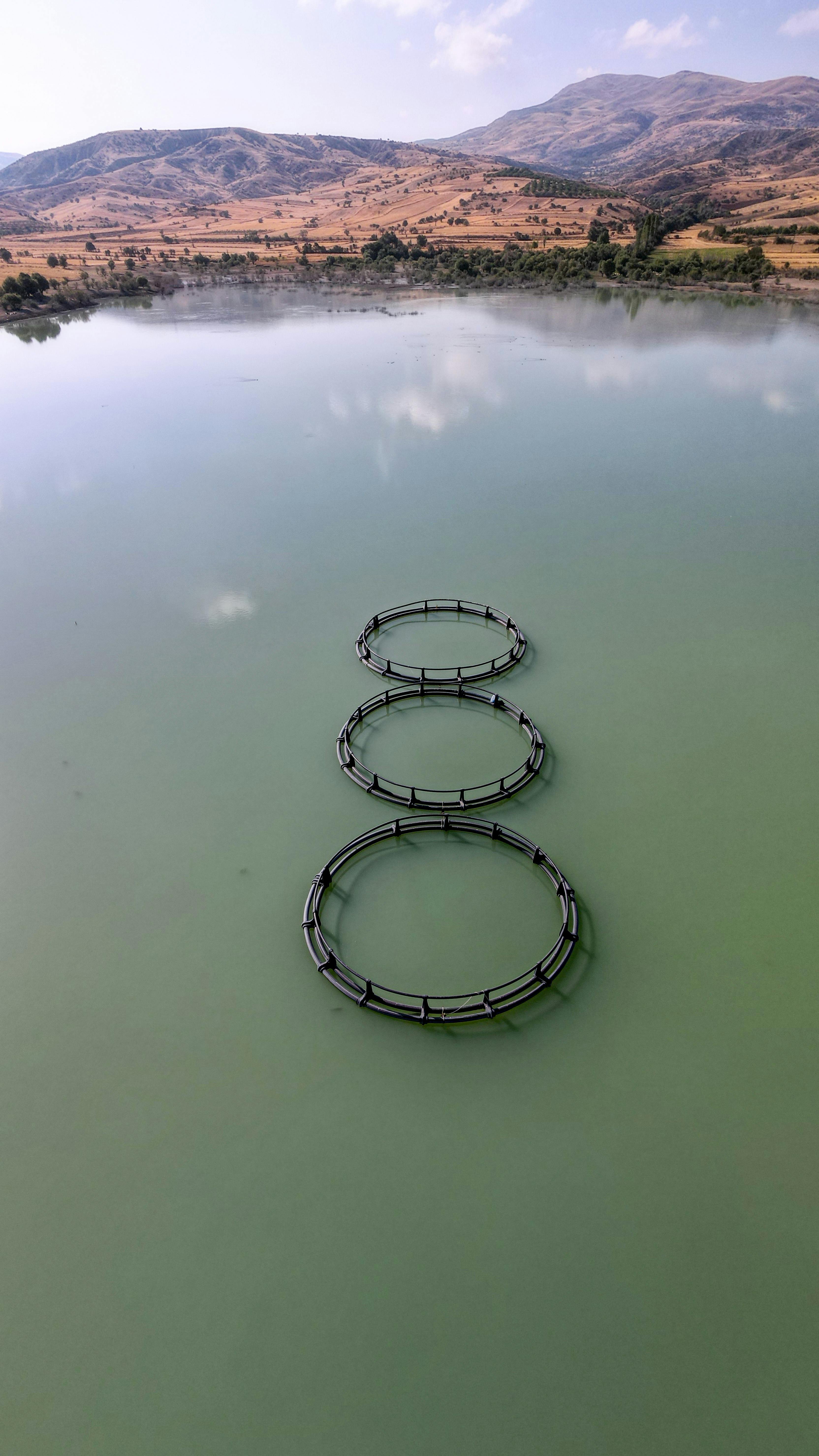
Amperometric Conductivity Meters
Amperometric conductivity meters are typically made from a non-reactive material, such as glass, and house two electrodes so they can be inserted into a liquid at the same time. These electrodes are fixed distance from one another, forming a conductivity cell.
The probe emits an AC voltage to the electrodes, drawing negative charge ions, called cations, to move toward the negative electrode and drawing positive charge ions, called anions, toward the positively charged electrode, producing an electrical current reading on the meter.
Limitations
The conductivity method however is limited here, as it cannot determine the particular contaminates, but it can determine a level of contamination. It should also be worth noting that conductivity meters cannot determine alone if organic matter contaminates are present, such as oils, alcohol, and sugars, given their low level of conductivity. If this is of concern, collect a sample and take it for further testing in a lab.
Additionally, it is also worth noting that taking samples at a constant temperature will help your testing remain consistent and for this reason, you may find temperature is a feature of your conductivity meter also.
Applications
Conductivity Meter applications can include monitoring water purity for domestic consumption, wastewater treatment, industrial processes, and agricultural settings, such as fisheries.
Lutron Measurement Instruments offers users a range of different conductivity meters that we have listed below:
Lutron CD-4316SD
- Takes measurements with a PT glass probe, useful for working in settings with low conductivity settings, such as pure water. Learn more about the Lutron CD-4316SD Conductivity Meter here.
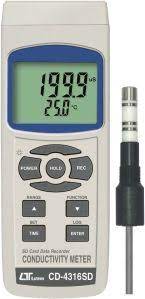
Lutron CD-4317SD
- Takes measurements with a 4-ring conductivity probe, useful for working in settings where water is typically contaminated. Learn more about the Lutron CD-4317SD Conductivity Meter here.
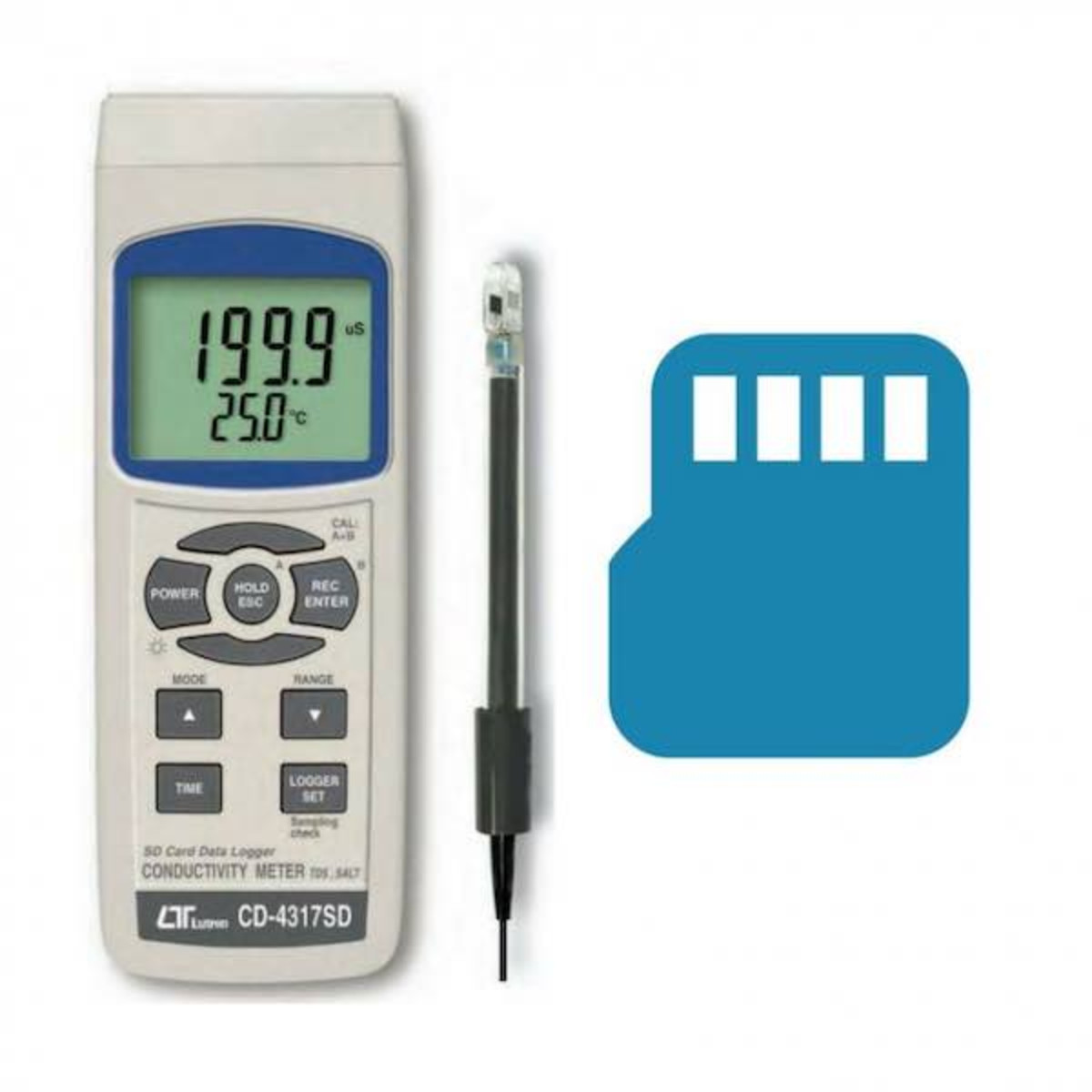
The Lutron CD-4317SD Amperometric Conductivity Meter
Both devices can provide users with measurements for conductivity, total dissolved solids, and salt measurements with the same ranges of resolution.
Summary
Conductivity meters are your first line of defence in finding contamination in your water application, by being easily and quickly deployed in the field. For users’ selection of which conductivity meter to choose, it’s best practice that amperometric probes be used within closer to pure water settings, whereas 4-ring conductivity probes can be best utilised in applications where water is typically contaminated.
If you have any questions or require some guidance on how to best measure and monitor water with conductivity meters, the ADM Instrument Engineering Team is here to help. Call ADM on 1300 246 467 or leave a message and any questions on our contact page here

